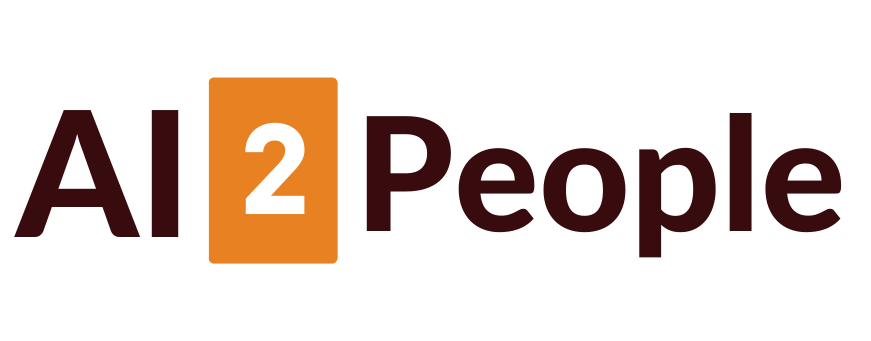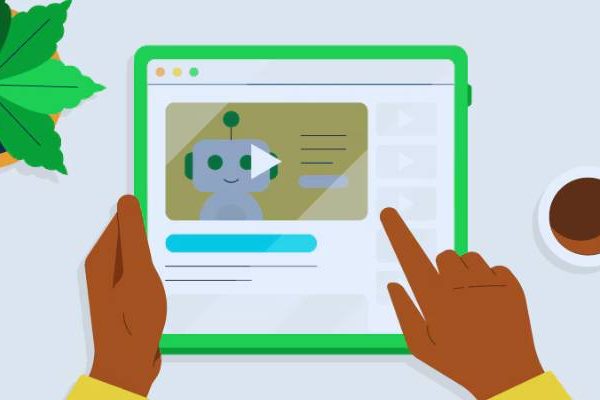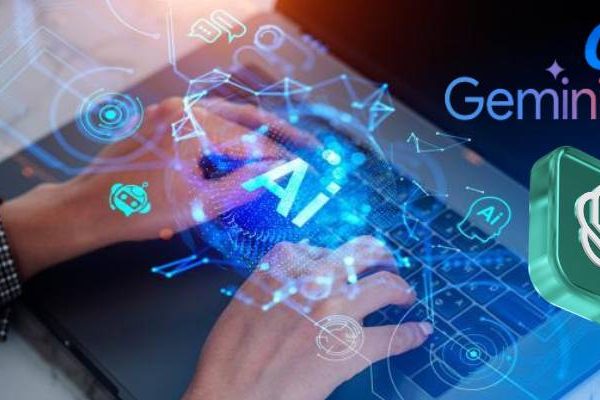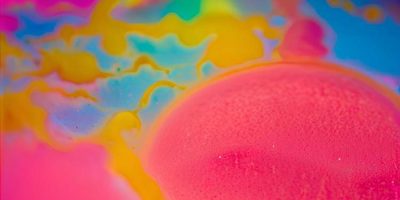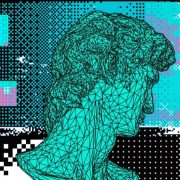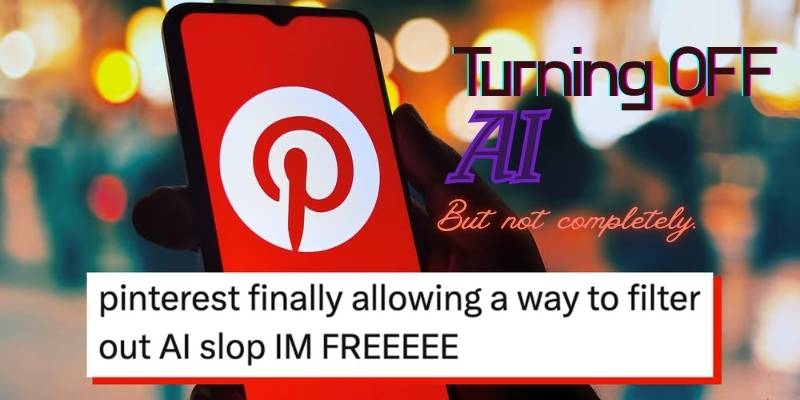
Pinterest Gives Users the Power to “Turn Down the AI” — But Not Completely
Pinterest has introduced a new control feature that lets users decide how much AI-generated content appears in their feeds.
The update, dubbed the “AI tuner,” allows people to reduce or increase machine-generated posts in popular categories like beauty, art, fashion, and home décor, as reported in The Verge’s breakdown of the feature. But the catch? You can’t shut it off entirely.
The new setting appears under “Refine your recommendations” in Pinterest’s “GenAI Interests” tab, and it’s already available on desktop and Android, with iOS support rolling out soon.
The company says it’s a step toward transparency and user control after months of feedback about AI “infesting” creative categories.
That issue first surfaced back in May when Pinterest started tagging posts with an “AI modified” label, a move echoed by Meta’s decision to label synthetic media across Facebook and Instagram.
But here’s where it gets interesting — the debate isn’t just about labeling, it’s about trust. With AI models generating millions of images daily, users are asking whether they can still distinguish real art from algorithmic imitations.
A recent Reuters report on social media moderation noted that even trained moderators are struggling to tell the difference between human and AI imagery.
That blurring of creative lines has fueled a growing movement toward authenticity — one that’s now becoming a defining issue in visual culture.
Experts argue this could be the start of a broader shift in how platforms handle AI transparency. Just last week, YouTube expanded its AI disclosure rules for creators, requiring them to flag synthetic or altered media that could mislead viewers.
Pinterest, in its quieter, design-first way, seems to be leaning into a similar philosophy — not banning AI but giving users agency over it.
Personally, I like this middle ground. It feels realistic — like admitting AI is here to stay but letting people decide how much of it they want in their creative spaces.
Still, I can’t help but think of what happens next. What if we start “tuning out” human content instead? The irony writes itself.
And as platforms like Pinterest, Meta, and YouTube scramble to define transparency, maybe the real challenge isn’t detecting AI anymore — it’s remembering what unfiltered human creativity even looks like.
